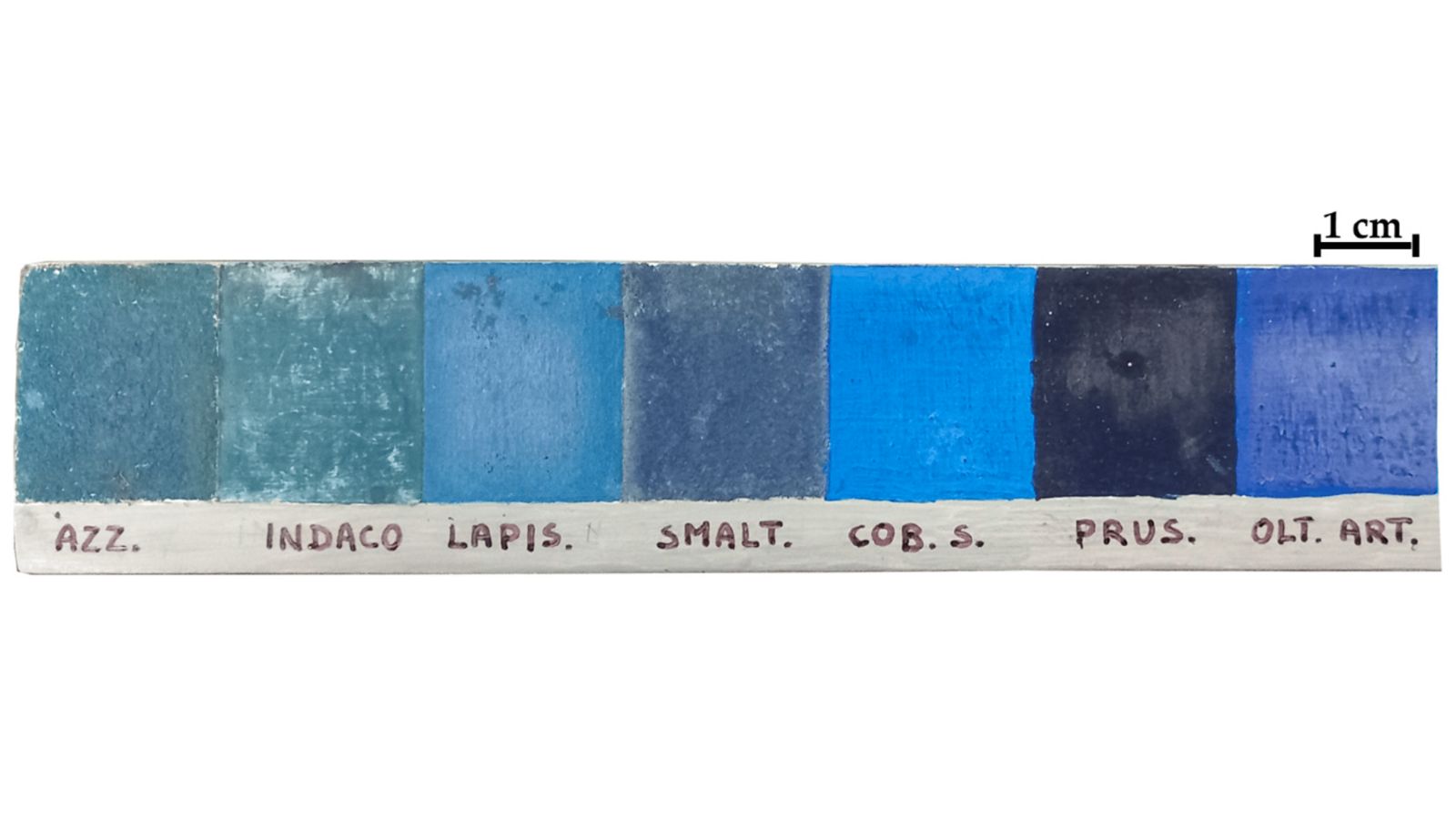In the world of art conservation, understanding the materials that make up historical artworks is essential for their preservation and restoration.
A recent publication in the journal Minerals sheds light on an innovative approach using Raman spectroscopy to identify and characterize historical pigments with remarkable precision.
Raman spectroscopy (RS) is a powerful analytical tool that identifies the molecular composition of materials by examining how light interacts with them. This technique is particularly valuable in the field of cultural heritage, allowing scientists and conservators to analyze pigments without causing any damage to precious artworks.
The study focuses on the Bravo handheld Raman spectrophotometer, which uses temperature-shifted diode lasers emitting at two different wavelengths: 852 nm and the more commonly used 785 nm. This dual-wavelength approach enhances the ability to detect and differentiate between various pigments found in historical artworks.
The researchers analyzed common historical pigments in both powder form and within paint layers. They discovered that some pigments show slight variations in their spectral lines when excited with the 852 nm laser compared to the 785 nm laser. These differences, particularly in the relative intensity of Raman lines, provide valuable insights into the pigments’ composition.
One of the main objectives of the study was to develop a comprehensive spectral database using the 852 nm excitation source. This database serves as a critical resource for the research community, enabling more accurate identification of unknown pigments.
The variability observed in the Raman spectra with different excitation wavelengths underscores the importance of using multiple wavelengths for pigment analysis. This approach improves the reliability of pigment identification, which is crucial for the conservation and restoration of artworks.
Understanding the exact composition of pigments used in historical artworks is crucial for several reasons. Precise knowledge of the materials allows conservators to choose the most suitable restoration techniques, ensuring that repairs are faithful to the original work. Identifying the materials helps in developing strategies to prevent further deterioration of the artwork. The pigments used can provide information about the historical and geographical context of the artwork, offering a deeper understanding of the artist’s techniques and the cultural heritage of the piece.
The development of a spectral database using the 852 nm excitation wavelength represents a significant advancement in the field of art conservation. It equips researchers and conservators with a robust tool for the non-invasive analysis of historical pigments. As technology continues to evolve, we can expect even more sophisticated methods to emerge, further enhancing our ability to preserve and appreciate cultural heritage.
This groundbreaking study highlights the transformative potential of Raman spectroscopy in the realm of art conservation. By improving the identification and characterization of historical pigments, researchers are better positioned to conserve and restore artworks for future generations to admire. The innovative use of the 852 nm laser in conjunction with the 785 nm laser provides a new dimension to pigment analysis, paving the way for more accurate and reliable conservation practices.
For more detailed insights, you can read the full publication in the journal Minerals:
Innocenti, S.; Quintero Balbas, D.; Galeotti, M.; Cagnini, A.; Porcinai, S.; Striova, J. Historical Pigments and Paint Layers: Raman Spectral Library with 852 nm Excitation Laser. Minerals 2024, 14, 557. https://doi.org/10.3390/min14060557
